Text
"The hyacinth macaw (Anodorhynchus hyacinthinus), or hyacinthine macaw, is a parrot native to central and eastern South America. With a length (from the top of its head to the tip of its long pointed tail) of about one meter it is longer than any other species of parrot." (wikipedia)
Although amazingly radiant and well-known from the movie "Rio", the species is most likely extinct by now. Source: IBGE

97 notes
·
View notes
Photo

French Communist Party Headquarters, Paris. (1972)
Architect: Oscar Niemeyer.
#i'm back!!#more of oscar niemeyer to you#brazilian architecture#brazilian artist#paris architecture#oscar niemeyer#socialist aesthetics
5K notes
·
View notes
Text

Source: Sao Paulo Antiga
A Musa Impassível // The Impassive Muse, Pinacoteca de Sao Paulo. In honor of the poetess Francisca Júlia, precursor of children's literature in Brazil.
First delivered from Paris to her grave. the statue was relocated 83 years later to a famous museum after a long process of restoration.
By Victor Brecheret, 1923.
#Victor Brecheret#art#brazil#brazilian artists#brazilian#sao paulo#modernism#classical aesthetic#classical art#cemetery#a musa impassivel#southeast#sculptor#sculpture#clay sculpture#museum#culture#classical#neo classical#poetry#restoration#repair#religious#woman#brasil#escultor#paris#european#statue#woman statue
10 notes
·
View notes
Text


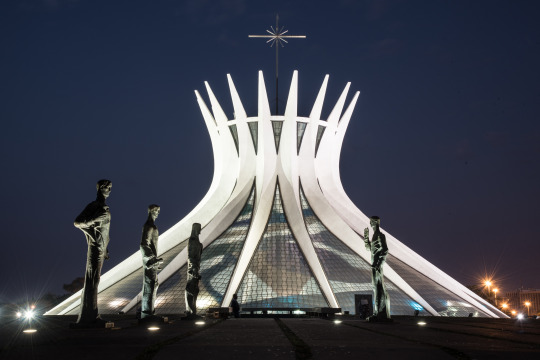


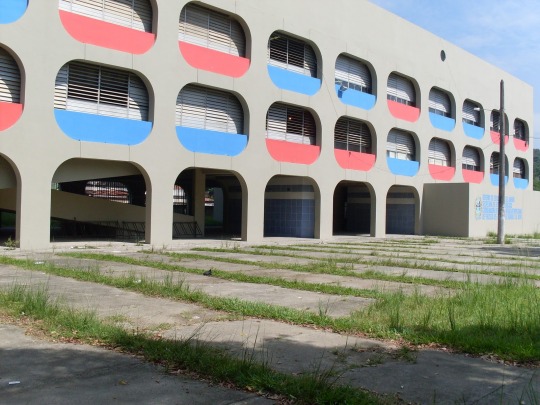

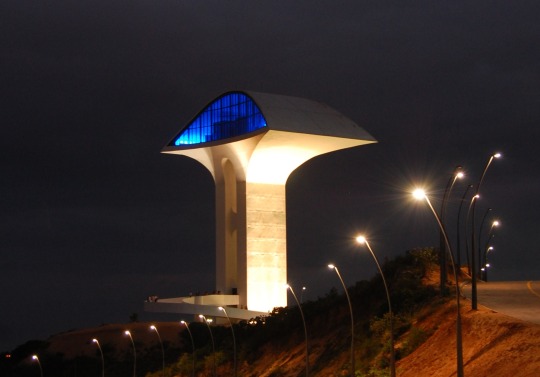



Some of Oscar Niemeyer's masterpieces appreciation post. Considered to be one of the key figures in the development of modern architecture in Brazil and the world. Also an open communist (PCB), Niemeyer's leftists views made him flee to Paris due to 1964's right-wing military coup. Highly influenced by Soviet Futurism, his work evolves exploration of reinforced concrete and a strong signature for a better future. After his exile in countries such as Cuba and the Soviet Union, Niemeyer served as PCB's president from 1992 to 1996.
Over a career of 78 years he designed approximately 600 projects, followed by numerous awards such as the appointment as inaugural head of architecture at the University of Brasilia, honorary membership of the American Institute of Architects and also the prestigious Pritzker Architecture Prize winner.
#you may not even like his aesthetics also#you may not even like him but you know he was good#brazil#brazilian#brazilian artists#communist#oscar niemeyer#architecture#building#brazilian architecture#modernism#soviet#cuba#aesthetic#art#culture#city#night city#rio de janeiro#niteroi#spain#sao paulo#southeast#politics#military coup#our national treasure
52 notes
·
View notes
Text
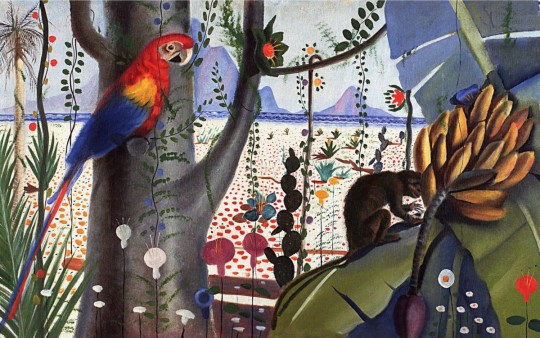
"Portinari Project".
Obra 'Flora e Fauna Brasileiras' (1934), Candido Portinari (painel a óleo). Exposta em 'Portinari Raros', no CCBB-RJ.
#candido portinari#art#culture#brazil#museum#brazilian#nature#birds#rio de janeiro#fine art#ccbb#ccbbrasil#southeast#painting#expressionistart#xx century#modernism#monkey#colored pencil#animals#fauna#wildlife#cute animals
9 notes
·
View notes
Photo

Kayapó body paint, Chapada dos Veadeiros, Brazil, 2014
#chapada dos veadeiros#brazil#kayapo#indigenous people#indigenous american#south america#central-west#new-republic
2K notes
·
View notes
Text
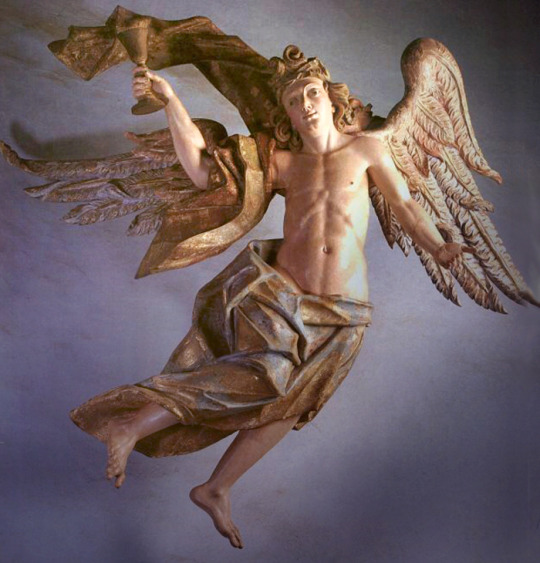
Angel of the Passion, ca. 1799. Congonhas do Campo by Aleijadinho, sculptor and architect of Colonial Brazil, Minas Gerais state. In 1777 the devoted artist began to show signs of a debilitating disease, probably leprosy or possibly scleroderma, and he received the name "o Aleijadinho", "The Little Cripple." Although disfigured and disabled, he continued sculpting with a chisel and hammer tied to his fingerless hands.
Photo: Ricardo André Frantz
#brazil#brazilian#brazilian artists#rococo#baroque#1790s#art#culture#museum#church#catholic church#colonialism#aleijadinho#cripple#history#modern#scuplture#minas gerais#ouro preto#gallery#sudeste#brasil#angel#christian#colonial-brasil#southeast#religious artists
82 notes
·
View notes
Text
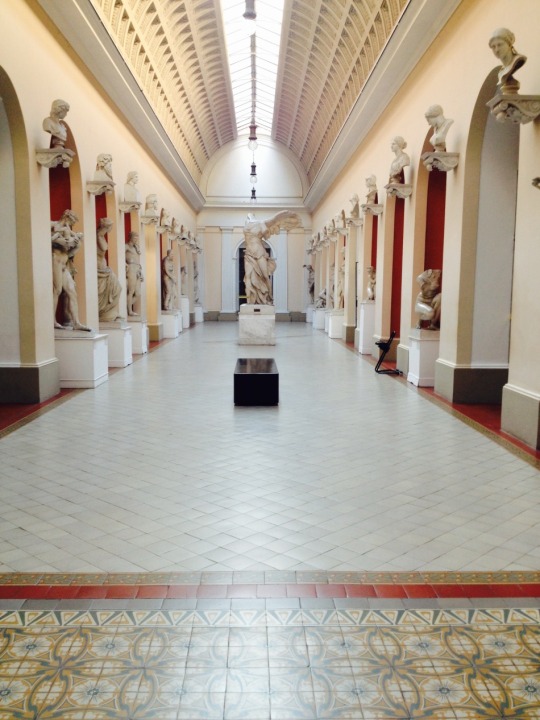
Entrance Hall (National Museum of Fine Arts, Rio de Janeiro City, Brazil)
"The Museu Nacional de Belas Artes is one of the most important cultural institutions of the country, as well as the most important museum of Brazilian art, particularly rich in 19th-century paintings and sculptures. The collection includes more than 20,000 pieces, among paintings, sculptures, drawings and prints, of Brazilian and international artists, ranging from High Middle Ages to contemporary art. It also includes smaller assemblages of decorative arts, folk and African art. The museum library has a collection of about 19,000 titles. The building was listed as Brazilian national heritage in 1973."
#brazil#indigenous#fine arts#sculptures#museu nacional de belas artes#national museum#rio de janeiro#art#culture#paintings#19th century#classical aesthetic#neo classical#beauty#photography#architecture#brazilian artist#museum#museumlover#african art#decorative
10 notes
·
View notes
Text
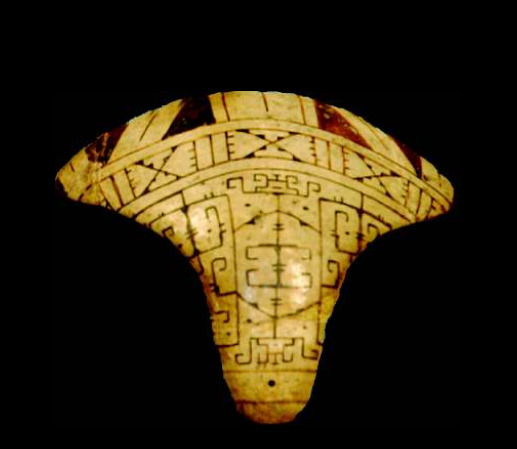


"Tangas" or "Tapa-sexo", marajoara ceramic.
"Archaeological evidences leading researchers to infer about female participation in society marajoara. The "thongs" have a triangular shape, concave, made of ceramic, with holes at the ends through which strings passed to be fitted to women's bodies. Used in ceremonies and also as clothing, the loincloths found in landfills, cemeteries, have anatomical shape and different sizes, which leads us to believe that were made to measure. The simple red thongs would be worn by older or married women and those decorated by younger women probably in puberty rituals (SCHAAN, 2005)."
#brazil#art#ancient world#pre-columbus#pre-cabraline#ancient history#indigenous#native americans#first nations#culture#anthropology#women#ceramic#ancient#brazilian prehistory#prehistoric#archaeology#amazon#northern brazil
45 notes
·
View notes
Text


Two distinct cave paintings from Northeast archaeological region of Seridó, RN. Considered the largest graphic heritage in the northeast of Brazil - along with the Capivara National Park in the state of Piauí.
"They portray the numerous activities of the daily and ceremonial life of the peoples who did them, as well as the manifestation of the material, immaterial and technical culture of indigenous abstract thought in Brazilian prehistory."
Source.
#brazil#brazilian#brazilian prehistory#art#arte rupestre#rupestry art#indigenous#anthropology#culture#latin america#cave painting#archaeology#ancient world#pre-cabraline#northeast
114 notes
·
View notes